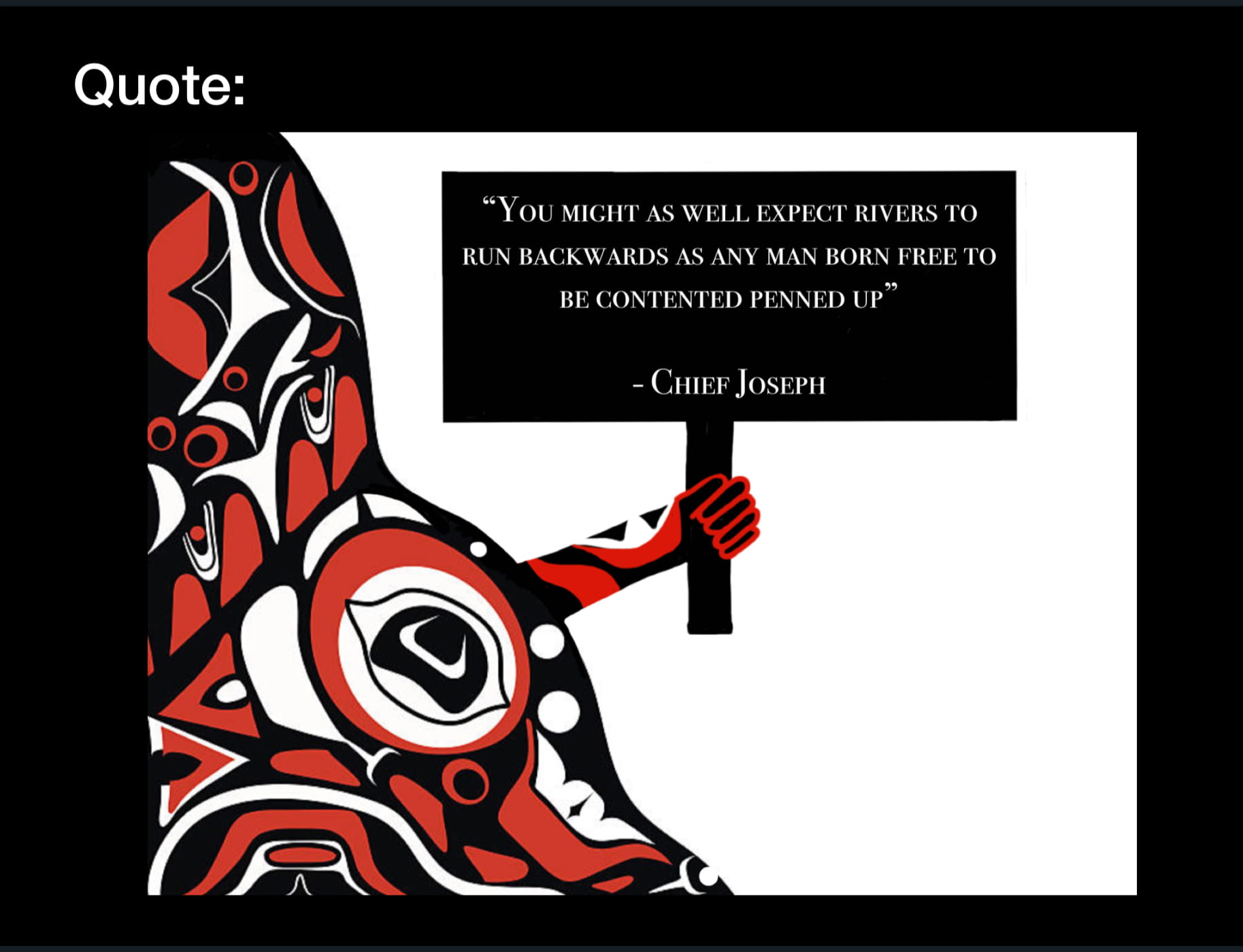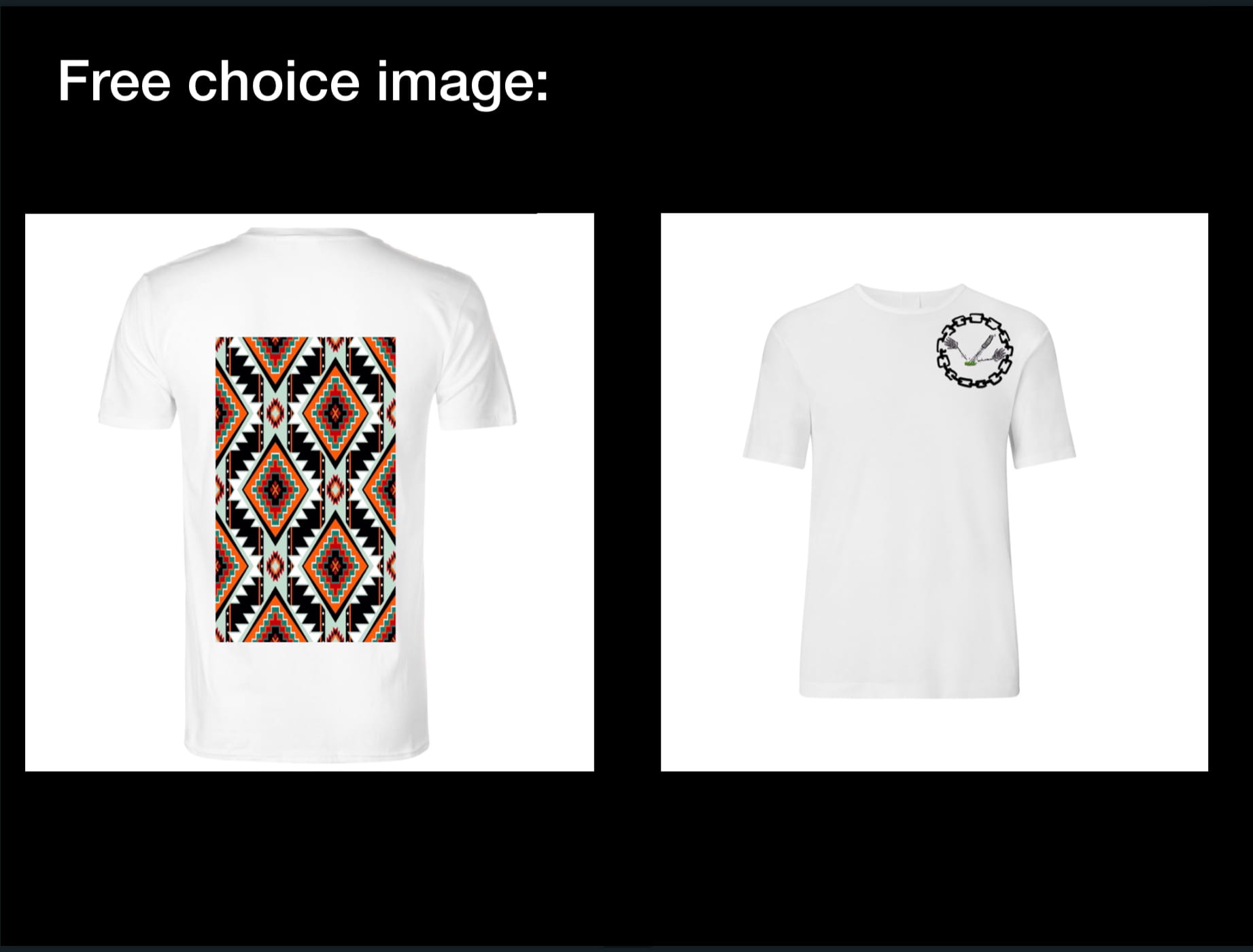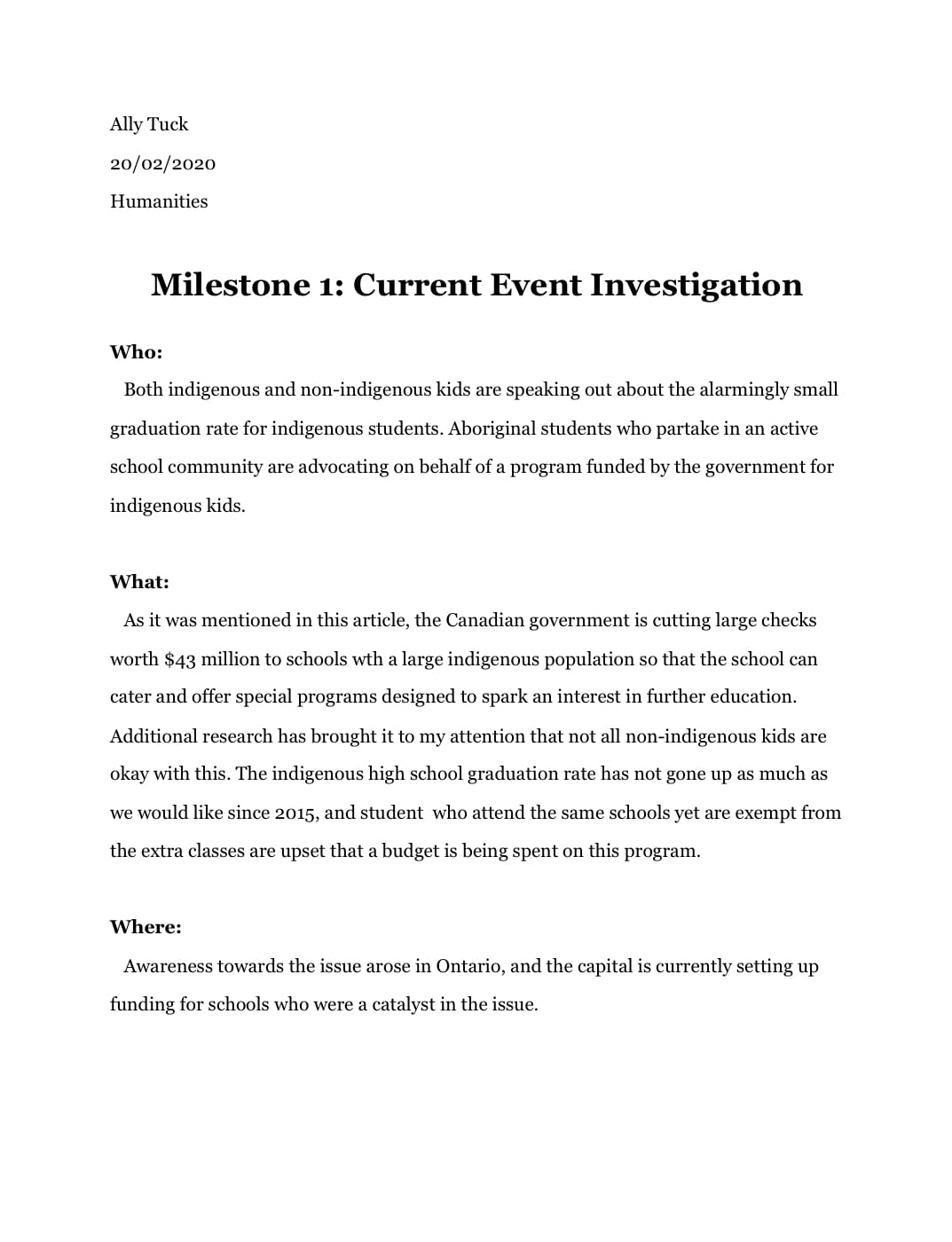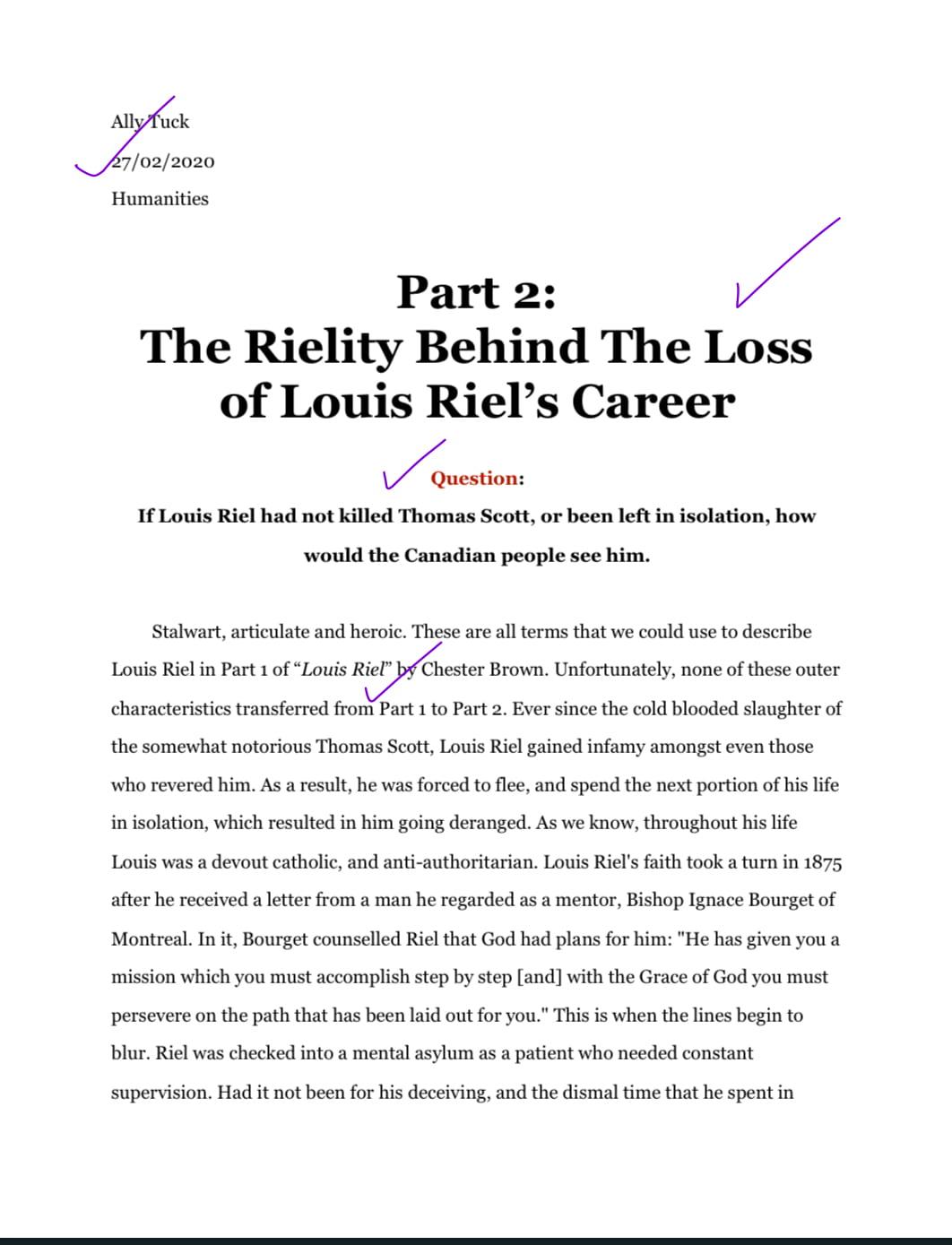Salutations
It would be fair to conjecture that not all of the decisions or actions taken in the past have been fair. Has a corrupt system of leadership contributed to the many hardships in Canada past? Now may not be the time for seditious pondering, so we should leave that question for another time, but it begs several questions about the ethical dimensions of important milestones in Canadian history. Fortunately for us, this happens to be the topic of our quarry today!
After the launch of this project, we got the opportunity to meet with our partners. I was partnered with Noah, and we both agreed that a fascinating subject would be the abolishment of slavery.
Process
We began this project by educating ourselves on current events around the world regarding Indigenous people within Canada. As my subject I chose the Ontario funding of a special aboriginal education program. At first glance, it may not seem like a very intriguing subject, but it caught my eye nonetheless because it is applicable to my life as a young Canadian student. Both indigenous and non-indigenous kids are speaking out about the alarmingly small (56%) graduation rate for indigenous students. Aboriginal students who partake in extracurricular activities are advocating on behalf of a special program funded by the government. This special program was instilled in Ontario schools in the fall season of 2014, and a 12% incline was noticed, 8% less than previously projected. Since 2017, non-aboriginal students a have been speaking about the 43 million dollar budget cut in their education, and the impact that it is having on their education opportunities.
As a new ethical historian, I had to wage both sides of this story against my judgement. Do non-aboriginal students have the right to speak out about this issue when they are at a greater advantage, and should the government recede until they can find a more viable education opportunity? These are questions that I had to ponder in this activity. It was a good way to launch my inner ethical researcher, as I found that doing this activity benefited my future citation habits. In this particular milestone, I found myself using the ethical dimensions completely most. Just like this competency, our current vent project did not have a defined right or wrong answer, which forced me to relatively use technology and data to support my opinion. In the future, if I had the opportunity to redo this step, then I would have definitely expanded beyond my screen to consult those who had a different opinion on this matter.
Graduating beyond milestone 1, we began milestone 2 which was the Louis Riel comic reflections. As seen in previous projects, we often have a comic to accompany the book. Although I may not have enjoyed the comic very much, I found the comic reflections very beneficial. I was using the Connecting competency throughout this milestone, which can be seen through my group interaction as well as the questions that I posed. Despite this, I still see the most growth in this section coming from the formatting and citation habits that I learned. This is best demonstrated in the second Riel creative response. Under a time limit, I managed to organize my thoughts and questions in a neat and organized way, using the critique that I had received the previous week. I carried through the improvements and elements that prided me on to the final step in this milestone, our creative reflection. I firmly believe that without the second creative reflection that my final essay would have not resonated quite as strongly.
Furthermore, it was now time to begin the final stage, our photo drafts. For this task we constructed 3 images, one of which was drawn on, the second a quote and the final image was up to us, giving us creative freedom. In this milestone, I saw myself using both the Ethical Dimensions and Connecting competency. For instance, in order to understand my connection as well as the connection of my audience to the abolishment of slavery, I had to read, listen and view multiple research sources. For this step, we used consultation of another team as well as extensive research. The final product shows this through my creative image, which was a t-shirt that was designed and executed for the use of our classmates. But in order to tie all of this together, I needed a deep understanding of the ethical dimensions of slavery. The subject itself is very daunting, as it has a very sensitive history. Yet, in order to successfully understand both sides of the story, both Noah and I had to acknowledge slavery from multiple aspects, many of which made me very uncomfortable. In the future, if I had the opportunity to do this milestone again, I would have moved beyond my uncomforted mindset so that I would have accomplished more.
Our feedback:
Competencies
Connect
How do I understand my own and other’s personal connections to texts that I read, listen and view?
Before this project: well
After this project: well, but now I know how to describe how I have done it specifically. The two most helpful exercises that allowed me to practice the Connecting competency were a) time maps and b) discussing issues in an intellectual conversation with my classmates.
Exhibit a) I first discovered time webs when I was trying to integrate a timeline into my mind map. I don’t like how simplistic timelines are, as they give little acknowledgement to the cause and causation of a situation. To solve this problem, I began using time maps. At first glance, you may experience an aneurism. But arrows and lines allow you to draw conclusions and connections between certain situations, as well as they may have affected the people in the situation.
Exhibit b) Perhaps the most useful way that I noted and learned was from others. Talking in chat groups, or consulting in other partnerships helped me gain an understanding of how my work affected others. Because after all, executing work is the easier portion of the process. I could have utilized this strategy even more, which I will do in the future.
Understand ethical dimensions
How do we decided if the actions and decisions in the past were fair or unjust, or should or should not have been taken?
The role of our caption in this project was to incorporate research from multiple sources that backs up your opinion on the matter. I found it difficult to condense all of the information on our project into one caption, but in doing so I had to understand ethical dimensions. This also links back to conversations that I had with my family about the abolishment of slavery. A good majority of the population does not like talking about slavery, none of which in their right mind want to agree with the ideals Europeans during that era. This is why I found it extremely challenging to play the devils advocate, because none of those actions were ethically justified. In short, I had a hard time with this competency because of the premise of my subject, but talking to others about their opinions helped me though that barrier.
Final product
Tah dah! I present to you the final products.
https://youtu.be/0JzXadrX1YQ
Our first image was a more modern, animated version of ships sailing to Britain. For many years, Aboriginal and Africa American people were treated as if they were just another resource. This is illustrated in this picture, as the frightening men are using strings to influence the slave ships. Until 1793, when the anti-slavery act was passed, wealthy people, mainly in Upper Canada would purchase and separate these people from their families for their own benefit, an act morally wrong. Overall, I was proud of this image because it conveyed the point simply, and effectively. If I had the opportunity to change it, I would have included several other symbols above the men to show another aspect of the slave trade so that the image was not wilt as biased.

Our second image was a quote from Chief Joseph. For many years, the indigenous people were oppressed by the more powerful reign, the Canadian government. This image depicts a quote from Chief Joseph, leader of the Wal-lam-wat-kain people who was seen as a martyr by the First Nations people. We wanted to incorporate a traditional pattern into the photo, as it is now very symbolic of the culture of the First Nations people. I liked that this image was more than just black font on a translucent background. I tried to incorporate creative elements so that the image itself told a story, the quote simply adding to the theme. This quote looked slightly less professional than I would have hoped, which is a good note to put in the margins for the future.

Last but not least, we finished with the pièce de resistance, our t-shirt. To symbolically showcase the abolishment of slavery in Canada, we designed a T-shirt covered in patterns and symbols. On the front, you can see a sword freeing shackled hands. This sword was formulated using many notable names, including James Monk and Richard Preston, catalysts in the anti-slavery movement. In addition, the back of the shirt includes a Métis pattern. The Métis are heirs to a vibrant culture of decorative arts that emphasizes colours and patterns. The opportunity to continue this tradition was devastated along with the implementation of slavery. This is why the pattern that you see here became a symbol of freedom and right to cultural expression. We decided to take this to the next level by actually creating the t-shirt and wearing it to our performance. Unfortunately, we left this idea to the last minute, pushing it behind our actual presentation on the priority list. As a result, only one version of the shirt was made. I am take responsibility for this, because in the future I would like to continue working on prioritizing.

Overall I am content with the outcome, especially with the fact that we had proof of our hard work in the form of a t-shirt. Learning about Louis Riel has been quite the moral journey, and thanks to this project I now have the ability to understand historical actions as well as their repercussions. Learning about ethical dimensions is not as simple as it may seem at first glance, but we have only scratched the surface. I really enjoy learning about this subject, and I would like to learn even more about it in the future.
”Good morning, and in case I don’t see ya, good afternoon, good evening and goodnight” – The Truman Show







